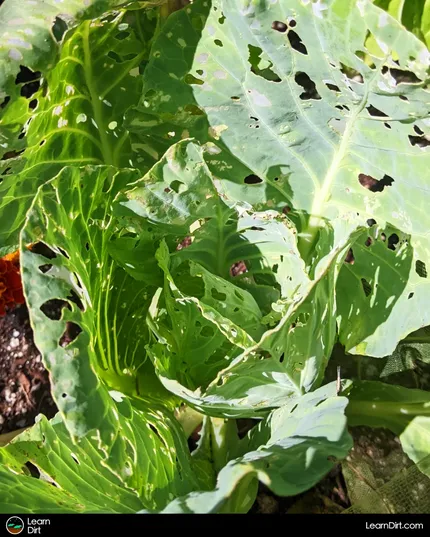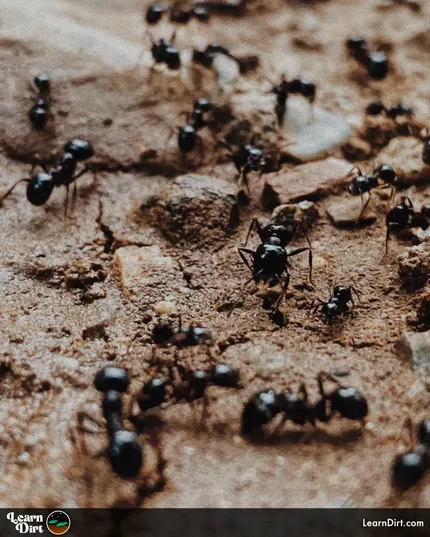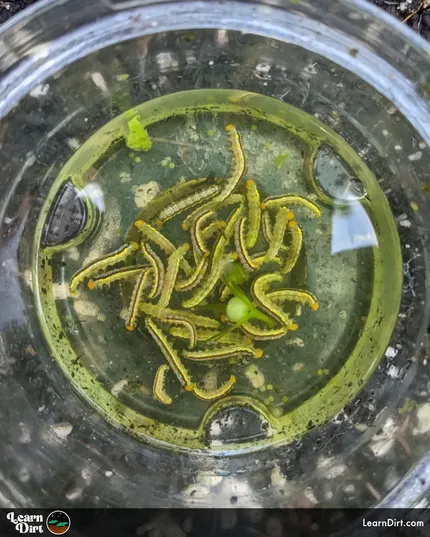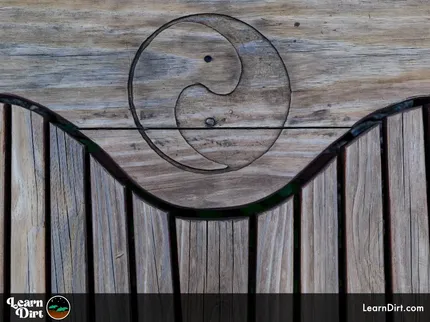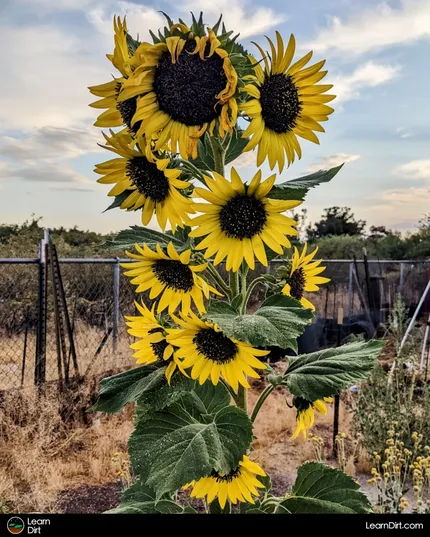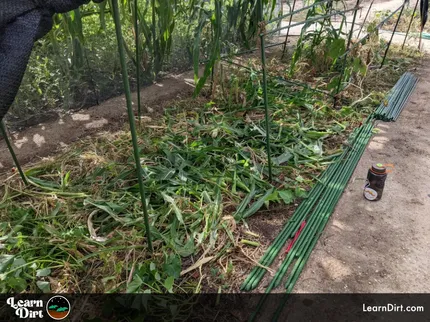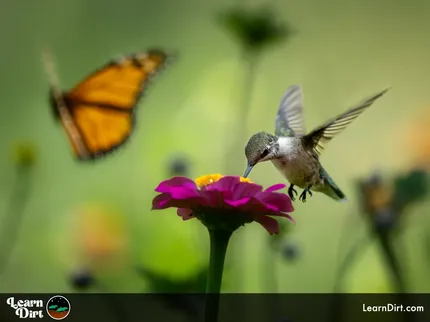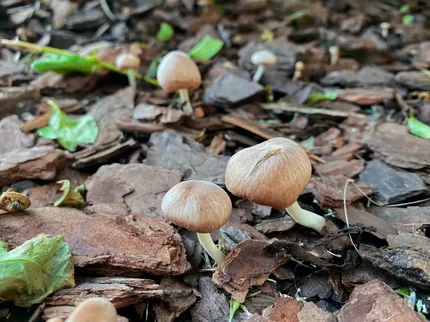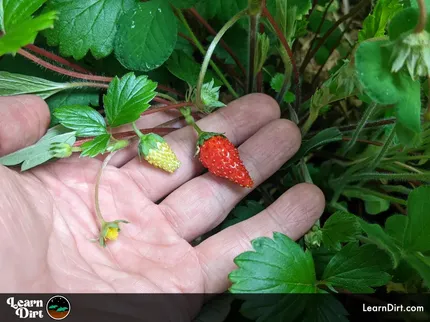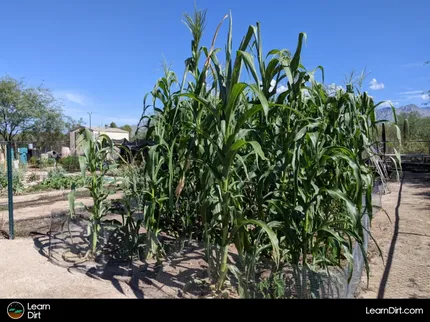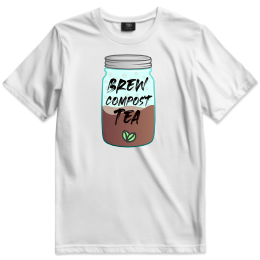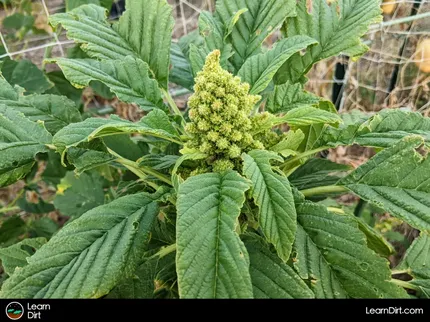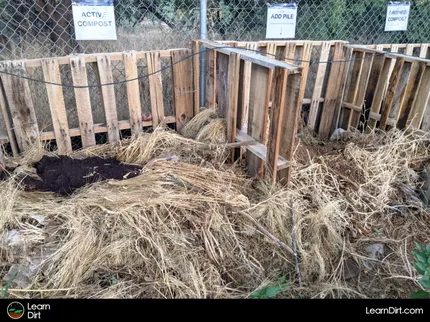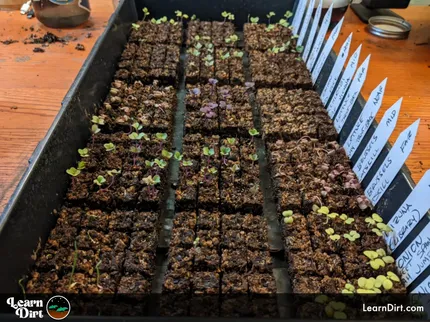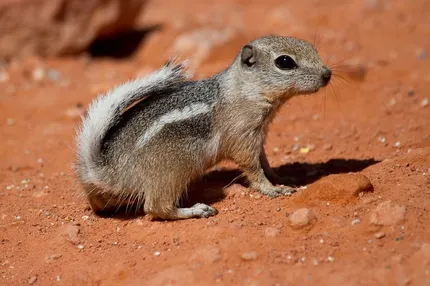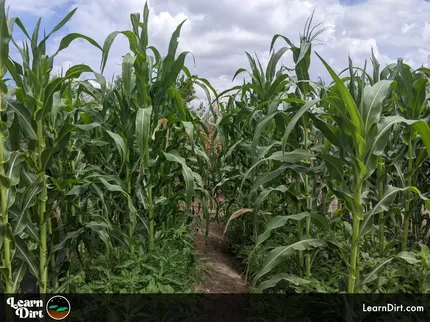Table of Contents
- What Are Woodlice
- Embracing a Balanced Ecosystem
- Cultivating a Relationship With Woodlice
- Final Verdict - Are Woodlice Friend or Foe?
* Our articles never contain AI-generated slop *
Woodlice tend to catch a lot of flack by gardeners who are frustrated with them chewing on their plants.
The question at hand is whether this hate is warranted, and if these roly poly critters are bad for the garden or not.
Let's get into it...
Disclaimer: This post may contain affiliate links. Refer to the privacy policy for more information.

What Are Woodlice
Commonly known as 'roly polys, 'rolly pollys', 'woodlouse', 'pill bugs', 'potato bugs', and 'isopods', woodlice are actually terrestrial crustaceans.
That means they're cousins of the shrimp, crab, lobster, and crayfish! (among others)
Whatever you call them, they are a very common detritivore in garden ecosystems.
What is a Detritivore?
Detritivores eat mostly dead organic matter in the soil and leaf-litter. They help break down decaying matter, so we categorize them as decomposers.
Feeding Habits & Ecological Role
While 'potato bugs' generally stick to their job of decomposing organic matter, there are instances when they may chow down on living plant material.
Lower leaves that touch the soil and root vegetables are particularly vulnerable.
Join The Grower's Community
Find your people.
Your voice matters here.
🌱
Check It Out!
It's important not to hastily demonize these critters for their occasional plant-eating tendencies, though, as they are also a huge benefit to your garden.
Embracing a Balanced Ecosystem
In regenerative gardening, fostering a balanced ecosystem is essential. Although potato bugs may cause some frustration when they snack on plants, it's crucial to recognize their overall ecological value.
Rather than viewing them as enemies, we can find ways to coexist harmoniously with these soil-building organisms.
Cultivating a Relationship With Woodlice
To prevent woodlice from turning to your plants as a last resort, it's important to provide them with a suitable alternative food source.
Feeding them decaying matter ensures they have ample nutrition and are less likely to turn to live plants for sustenance.
Mulch, hay, wood chips, cardboard shreddings, and partially-finished compost are all delectable food options for pill bugs.
Utilize chop and drop to create a constant source of decaying plant material from cover crops as mulch. This not only feeds the woodlouse, but also covers and protects the soil. It's a great way to lock in moisture and build new layers of soil.
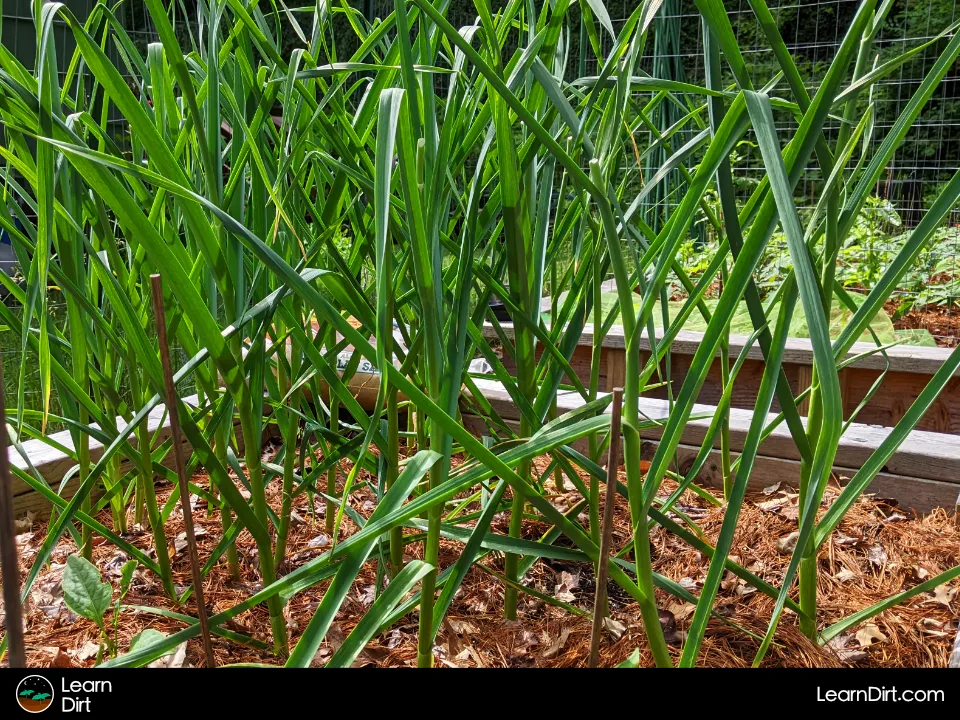
Preventing Plant Damage From Roly Polys
Bottomless Planter Tek
Bottomless planters are trend that began in the indoor living soil / no-till cannabis community.
The idea here is to take a plastic planter and punch out at the bottom.
I suspect that soil is packed tightly into the planter to prevent it from falling out in the bottom.
Rather than removing the plant from the planter, plants and planter both are simply set atop a no-till soil bed
That's it, that's the entire technique. Simple, yet supposedly quite effective.
The idea is that the plant roots will push through the bottom of the planter and straight into the soil bed, locking the planter into the soil. You will not be able to remove the planter, and that is by design.
Now that you have a planter surrounding your plants lower stems, gardeners often report that this is enough to prevent the woodlouse from climbing up the planter and getting to the plant.
Gardeners like Joshua Steensland reported significant reduction in woodlouse damage to leaves and stems after implementing the bottomless planter method in his no-till living soil beds.
I have not tried this method yet myself, and encourage you to do your own research and experiments.
I believe I first saw this technique tried by Green Life Productions. I'm not sure if they're the first to use it or not, but they have some great explanation of the technique in their posts if you dig a little
Please let me know on the forum if you've tried bottomless planters, I'd love to hear about it.
Stake Plants
For some reason in the United States, most gardeners don't seem to tie up their summer squash or zucchini like folks do in much of the rest of the world.
Instead of growing them up a stake, We often let them tip over and lay, sadly, on the ground in despair.
Dig Cool Merch?
A major benefit of tying these plants to a stake is that as your squash plant gets taller, you can trim off the lower leaves that would otherwise lay on the ground.
Chop and drop the leaves for the woodlice, rather than letting them climb up your plant to chew on the leaves while they're still attached.
The fruits will stack up the pole and get further and further away from the ground. This means that while your earliest summer squash and zucchini may get a little gnawed on by isopods, later squash will continue to grow higher and higher off the ground and should largely solve this problem for you.
Trim Lower Leaves
Lower leaves that lay on the ground are particularly susceptible to woodlouse damage because of their easy accessibility and tendency to stay wet.
Keeping these leaves trimmed is a simple way to avoid woodlouse damage
Final Verdict - Are Woodlice Friend or Foe?
Definitely friends!
Just keep them well-fed and keep your plant leaves up off the soil, and you'll be A-OK.
That's all for now, thanks for reading!
If you have any questions, comments, or would like to connect with fellow gardeners, head on over to the forum and post there.



![Don't Till Away Your Carbon [Taffy]](/media/product_images/dont-till-away-your-carbon-[taffy]_sticker_260x260.png)
